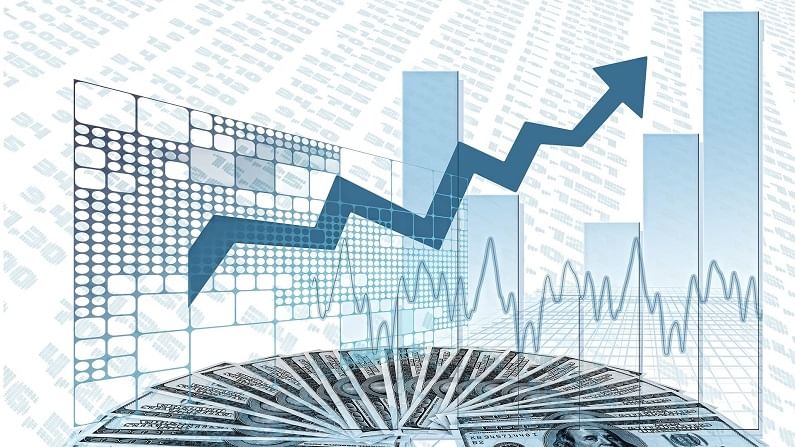Indian economy expected to grow at 7.2% in 2021: UN report
Even at this slow growth rate, the country will still be the fastest-growing major economy in the world next year

According to a United Nations report, India is expected to grow at 7.2% in 2021, however, the economic growth is likely to slow down next year. The recovery in the country is constrained by the ongoing human and economic cost of the Covid-19 pandemic along with the negative impact of food price inflation on private consumption. The UNCTAD Trade and Development Report 2021 gave a caution and at the same time an optimistic outlook, that the global economy is set for a strong comeback in 2021. But in the second half of the year, the details at the regional and country levels have been muddled with a great deal of uncertainty, it added.
The report said that the world output is expected to grow at 5.3% this year, after falling by 3.5% in 2020.
It also added that India, which suffered a contraction of 7% in 2020, is set to grow at 7.2% in 2021, supported by government spending on goods and services.
Further, it said that the country will achieve economic growth of 6.7% in 2022, which was lower than the expected growth rate in 2021.
Even at this slow growth rate, the country will still be the fastest-growing major economy in the world next year.
Economy to contract in second quarter
The second wave of the Covid-19 pandemic hit the country in the second quarter which resulted in widespread lockdowns, delays in vaccine rollouts and price inflation. This caused drastic adjustments in consumption and investment, it said. Social unrest has also increased in India, with the inequalities in income and wealth widening, it noted.
RBI has also estimated another sharp contraction in the second quarter (QoQ) in the second quarter, which would be followed by a rebound later.
Going ahead, if there is going to be a resurgence of the pandemic equivalent to the degree experienced in the second wave, a revitalisation of private sector activity, subject to a slow recovery of jobs, is likely to be matched with a more adverse policy environment, especially on the fiscal front, with continued pressures on the trade balance, the report said.
India’s consumer inflation was already at 6% before the pandemic. The shock caused by Covid-19 resulted in a temporary drop in prices, but once the economy recovered and food prices shot up, the country’s inflation rate returned to 6% in mid-2021, it further said.